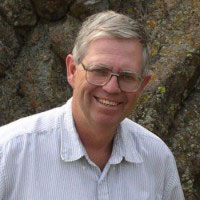The Book Cliffs, Utah: A Case Study In Coastal Sequence Stratigraphy

INSTRUCTOR: William Little, PhD
DISCIPLINE: Field Courses
COURSE LENGTH: 5 Days
CEUS: 4.0
AVAILABILITY: Public & In-House
WHO SHOULD ATTEND: This course is designed for petroleum geologists, geophysicists, and engineers who have a basic understanding of depositional systems and stratigraphic principles but desire a stronger working knowledge of sequence stratigraphy, based on a hands-on field experience.
COURSE DESCRIPTION: The Book Cliffs of Utah have become the premier locality globally for field teaching of sequence stratigraphy. Continuous, well-exposed and easily- accessible outcrops make it possible to analyze facies relationships of stratigraphic sequences in great detail, both in terms of lateral variation (systems tracts) and vertical stacking patterns (parasequences). Most significant clastic depositional systems are represented, including meandering, braided, and anastomosed fluvial; fluvially- and wave-dominated deltas; transgressive and regressive shorefaces, tidally-dominated estuaries, and deepwater mudstones. This makes the Book Cliffs an excellent classroom to study the interrelationship between eustatic and tectonic development of accommodation space and subsequent filling by clastic sediment.
The Book Cliffs region is often cited as an analog for subsurface exploration, particularly in foreland basins, and sequence stratigraphy has become one of the leading methods for correlating and mapping depositional packages, leading to significant discoveries of petroleum in fields that had been abandoned, as well as new discoveries. To that end, this course is directly applicable to the exploration, characterization, simulation, and development of petroleum reservoirs. Specifically, this course gives participants an opportunity to view sequence stratigraphic features directly in outcrop, giving a better perspective when making similar interpretations based on cores, logs, and seismic sections. This course would be particularly valuable to geologists who have had limited exposure to real rock bodies.
The course runs five days, with a format consisting of early morning instructional sessions at the hotel, followed by further instruction and completion of exercises in the field, and ending with post-dinner summary sessions at the hotel.
- Day 1: General principles and concepts of sequence stratigraphy; introduction to the stratigraphy and setting of the Book Cliffs (Price River Canyon)
- Day 2: Concept of a systems tract; relationship between facies, facies associations, and depositional environments/systems – including river-dominated deltas, progradational beaches, and barrier islands (Gentile Wash and Spring Canyon)
- Day 3: Concept, identification, and significance of parasequences and stacking patterns; incised valley fill tidally-influenced estuarine) deposits (Coal Creek, Soldier, and Woodside Canyons)
- Day 4: Reservoir-scale down-dip facies changes; facies mapping (architectural analysis) of a complete sequence (Battleship Butte to Thompson Canyon)
- Day 5: Core analysis (Utah Geological Survey – Salt Lake City)
